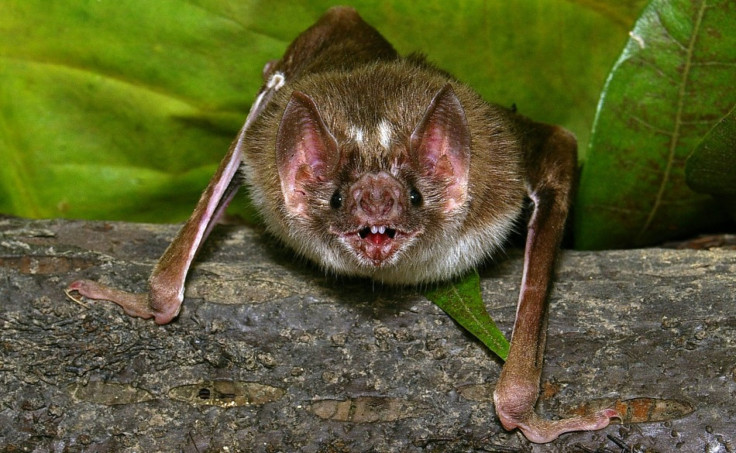Vampire Bat Induced Human Rabies Kills Teenager in US

A Mexican teenager is the first officially known person to die from vampire bat induced human rabies infection. The 19-year-old victim was a migrant farm worker from Michoacan, who got bitten on the heel by a vampire bat in July 2010.
The teenager left for U.S. 10 days after the incident to pick sugar cane at a plantation in Louisiana.
Vampire bats are bats whose food source is blood, a dietary trait called hematophagy, and are usually found in Mexico, Brazil, Chile and Argentina. They have the unique ability to sink their teeth into their prey's body without missing the vein and feed on rich blood. Though scientists knew bats' noses guide them in spotting blood, they never quite understood how the nose mechanism worked, until first week of August this year.
The Vampire bats' secret was finally revealed to the world by researchers of the University of California, San Francisco and Instituto Venezolano de Investigaciones Científicas in Caracas, Venezuela, who studied wild vampires of South America to discover that a sensitive, heat-detecting molecule covering nerve endings on their noses called TRPV1 helps in blood detection. Their findings were published in the journal Nature.
"This case represents the first report of human rabies in the United States associated with a vampire bat rabies virus variant and highlights the growing importance of bats in public health. Bat rabies virus variants have been associated with the majority of indigenously acquired human rabies cases in the United States for approximately 2 decades," said the Centers for Disease Control and Prevention (CADC) in its Morbidity and Mortality weekly report.
The report also stated that the incubation period of 15 days observed in this case is shorter than the median of 85 days seen in other cases of human rabies reported in the United States .
The patient might have experienced an earlier exposure that went unrecognized or unreported. According to the patient's mother, he had been bitten by a bat in July in Mexico but had not sought any medical care, CADC said.
It was only after 15 days of getting bitten that the patient sought medical attention on July 30 for generalized fatigue, left shoulder pain, and left hand numbness attributed to overexertion, which means that it took around two weeks for the symptoms to show.
It was on August 20 that the spinal samples of the patient confirmed a diagnosis of rabies.
Brain scans of the patient showed severe impairment, and the family decided to put him on life support. But the patient died soon after.
"Although vampire bats currently are found only in Latin America, research suggests that the range of these bats might be expanding as a result of changes in climate. Expansion of vampire bats into the United States likely would lead to increased bat exposures to both humans and animals (including domestic livestock and wildlife species) and substantially alter rabies virus dynamics and ecology in the southern United States." warned CADC.
© Copyright IBTimes 2024. All rights reserved.





















